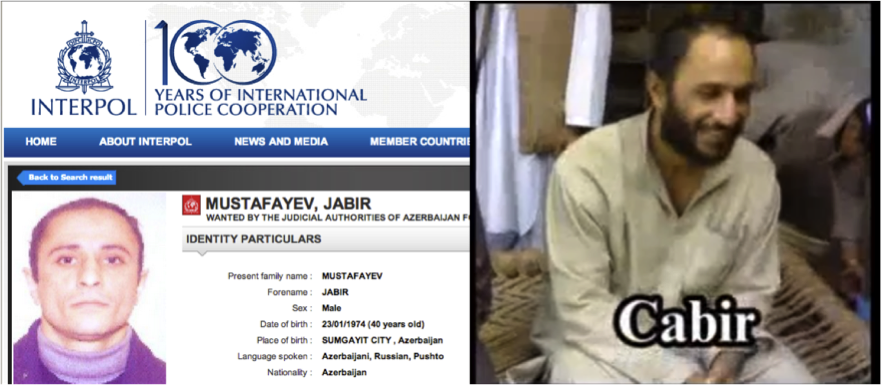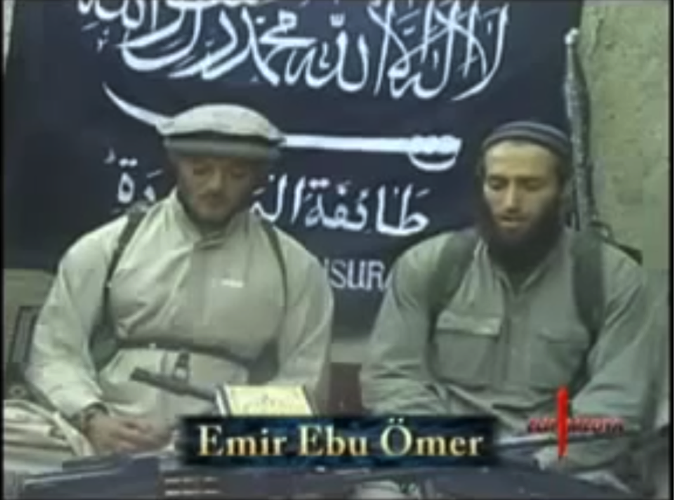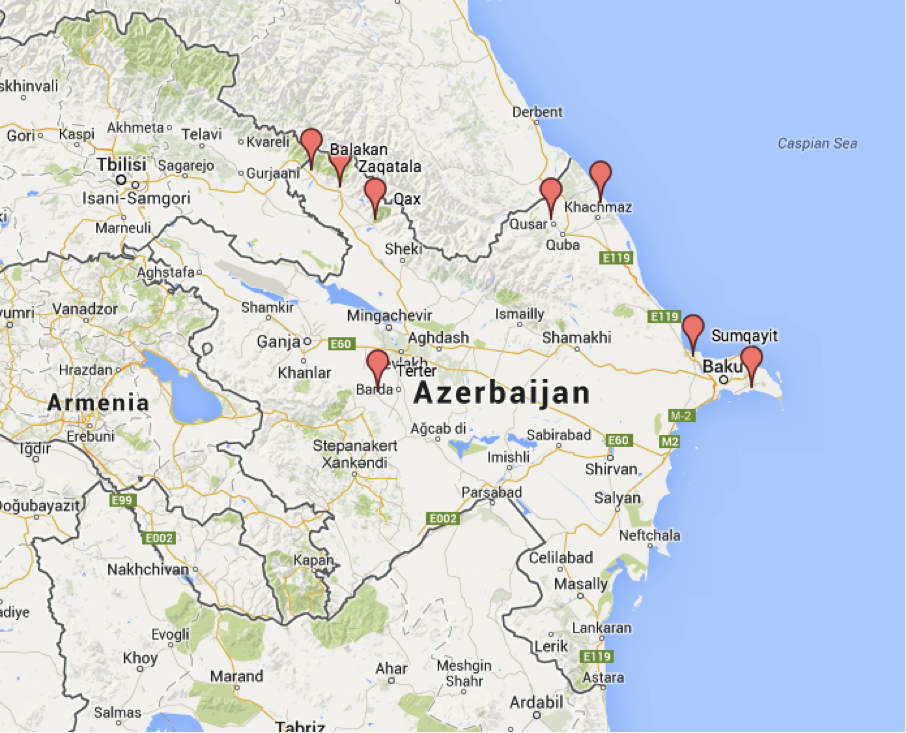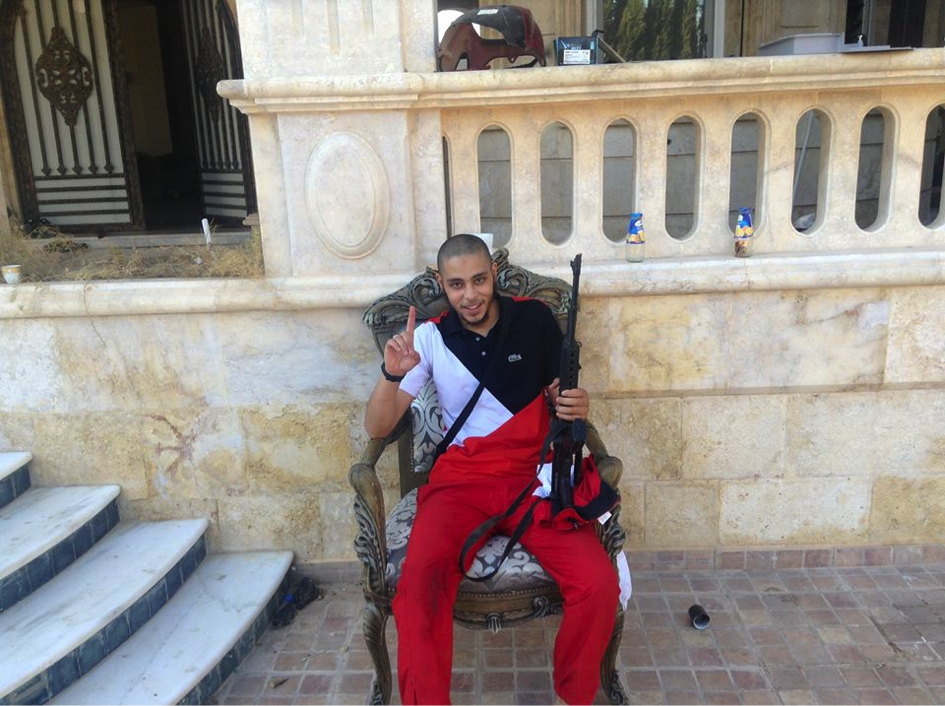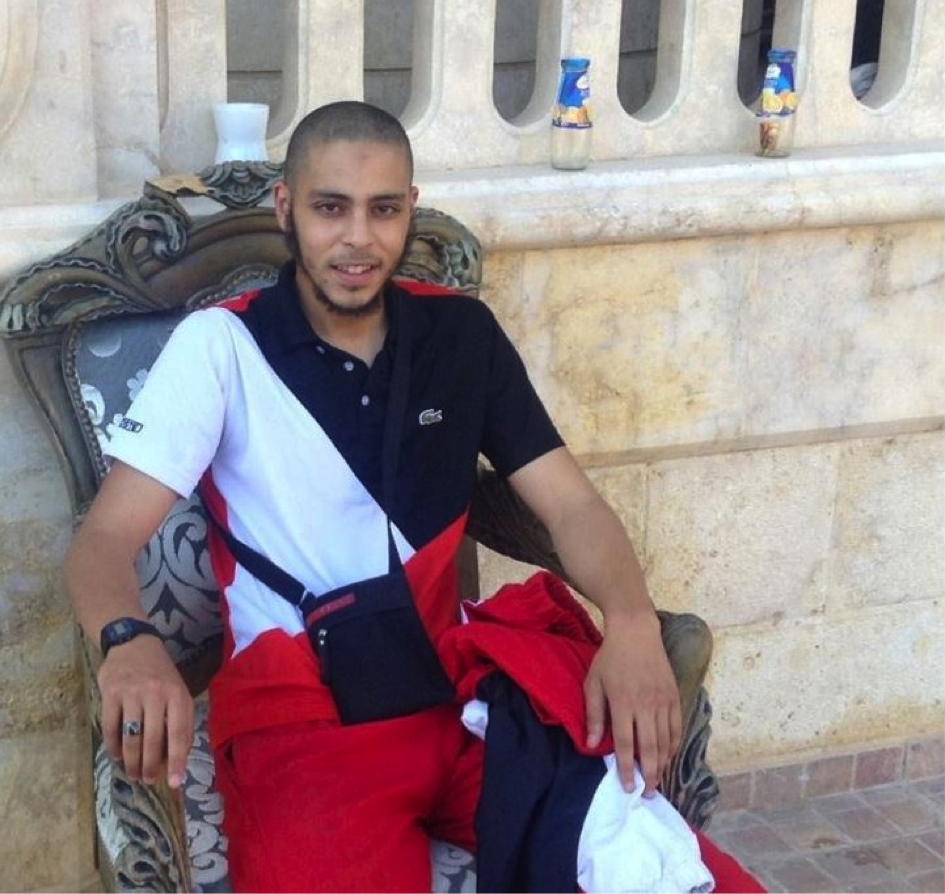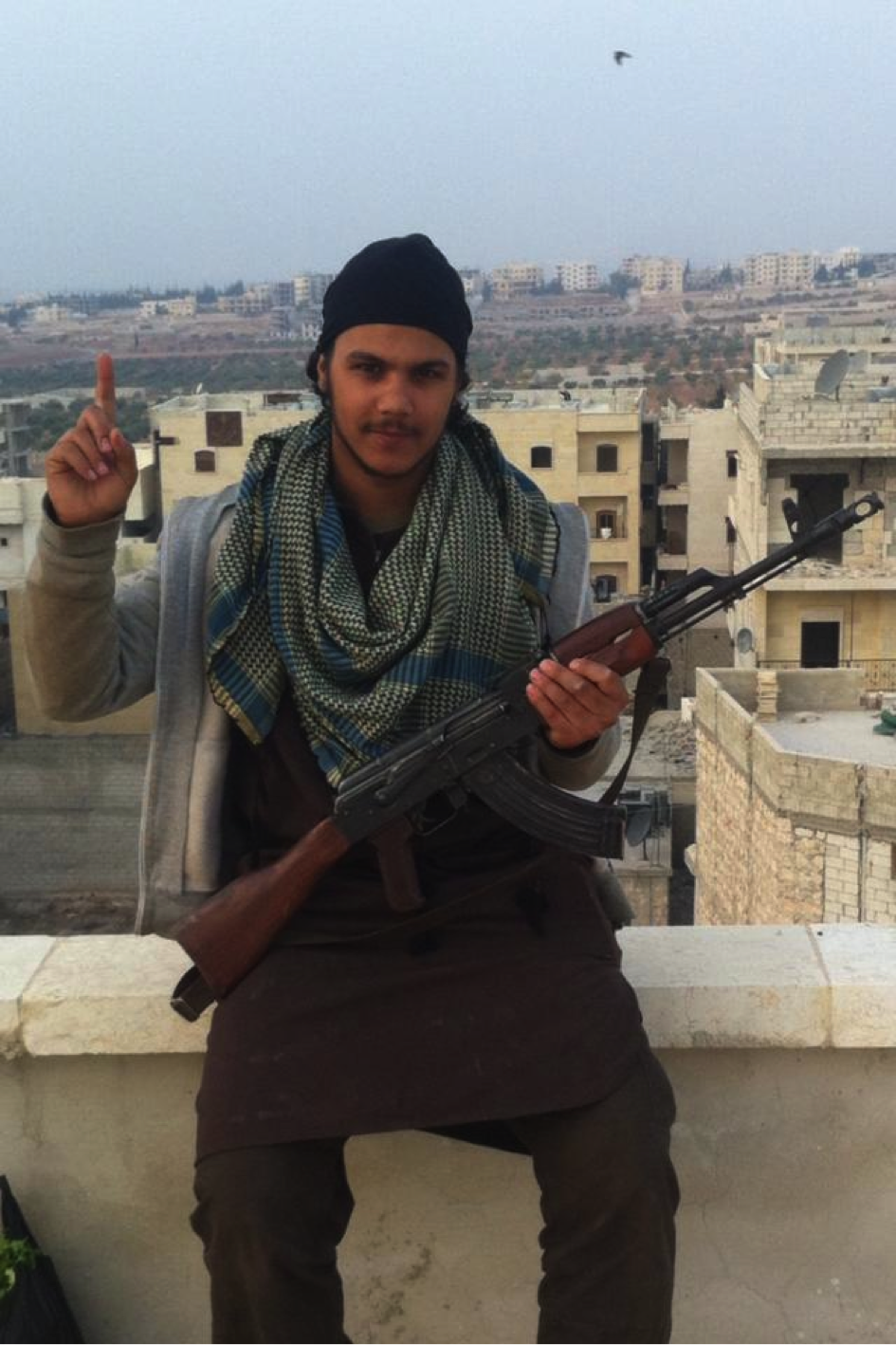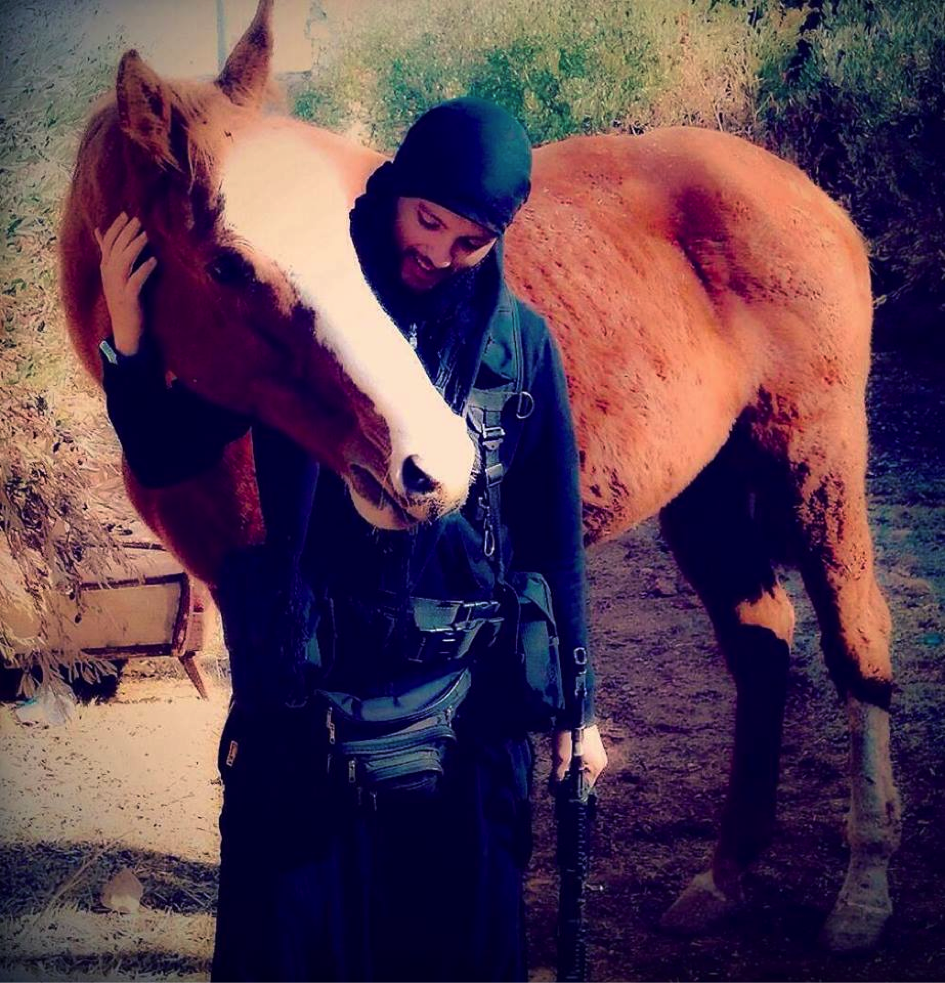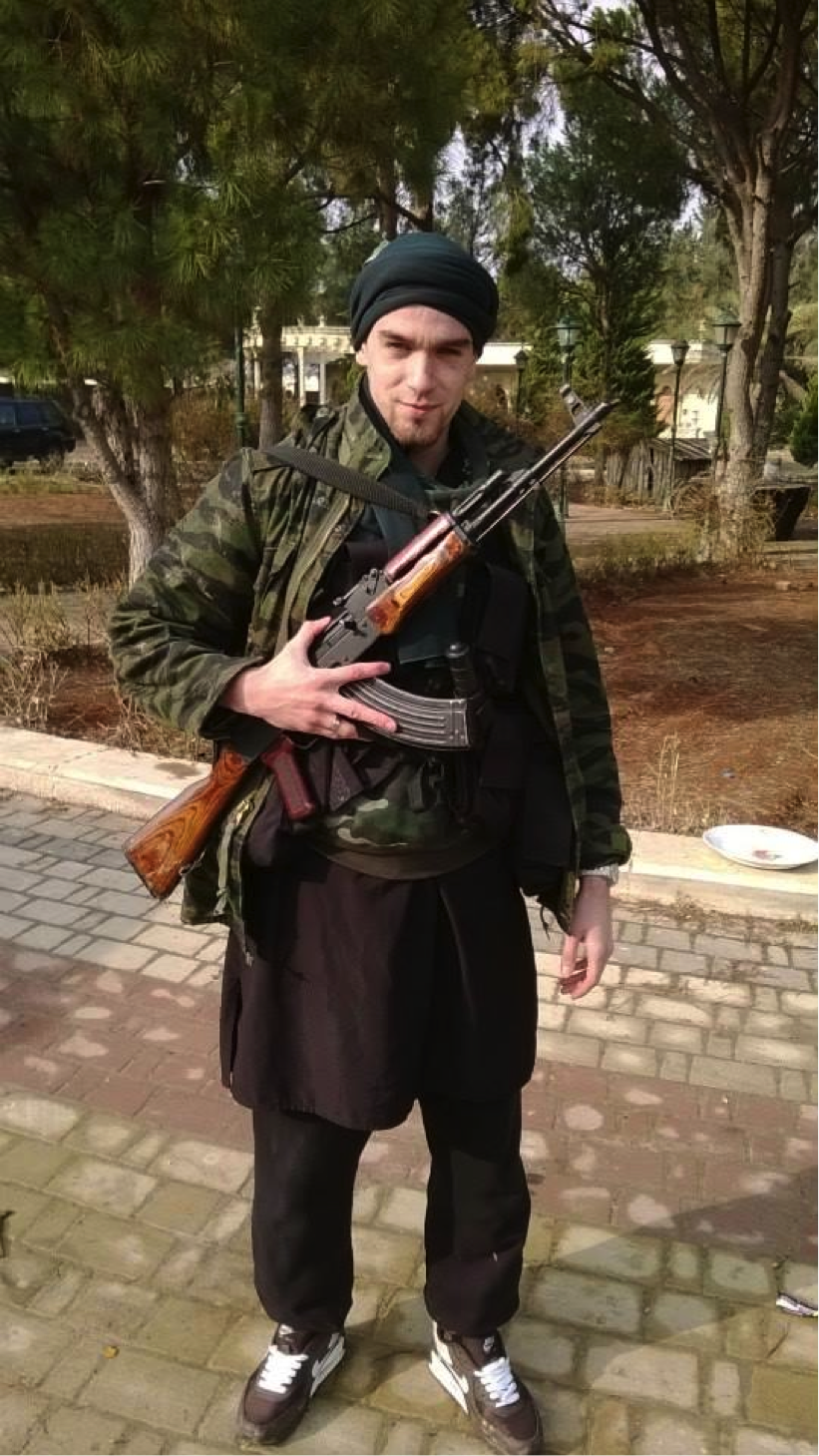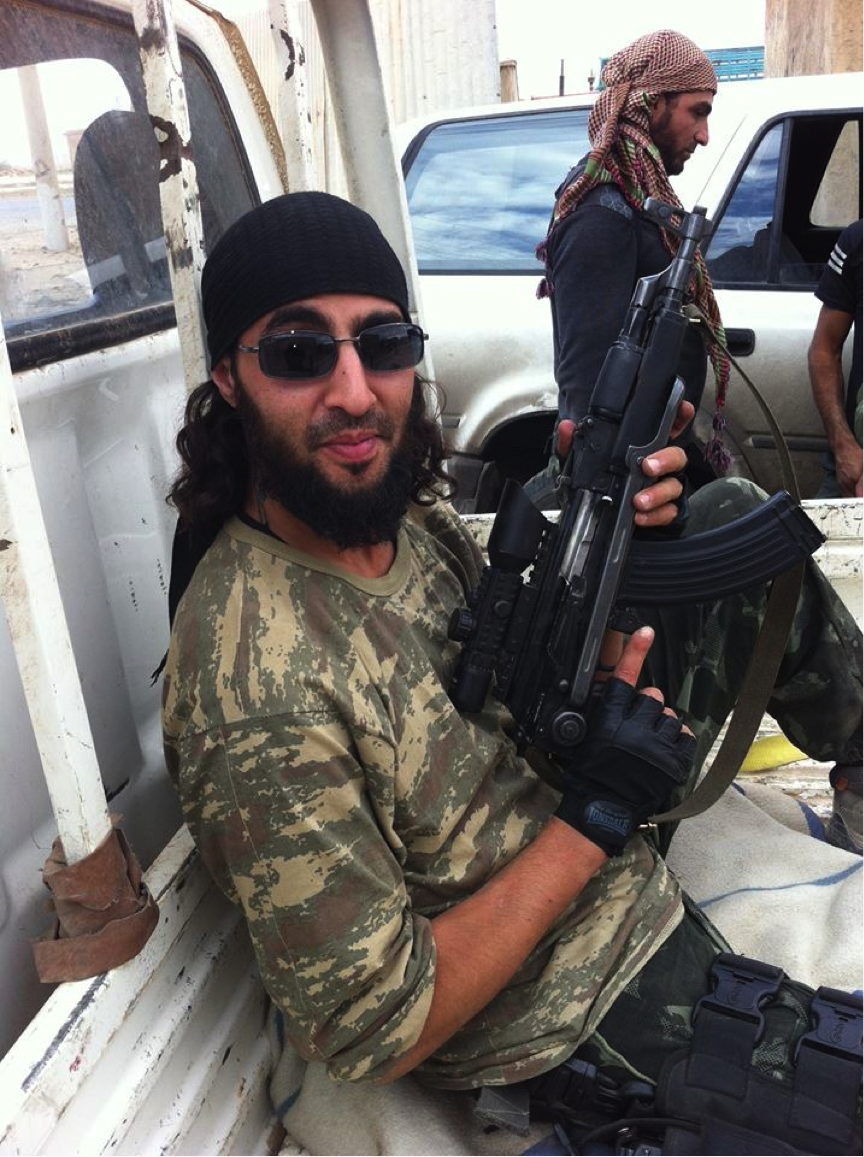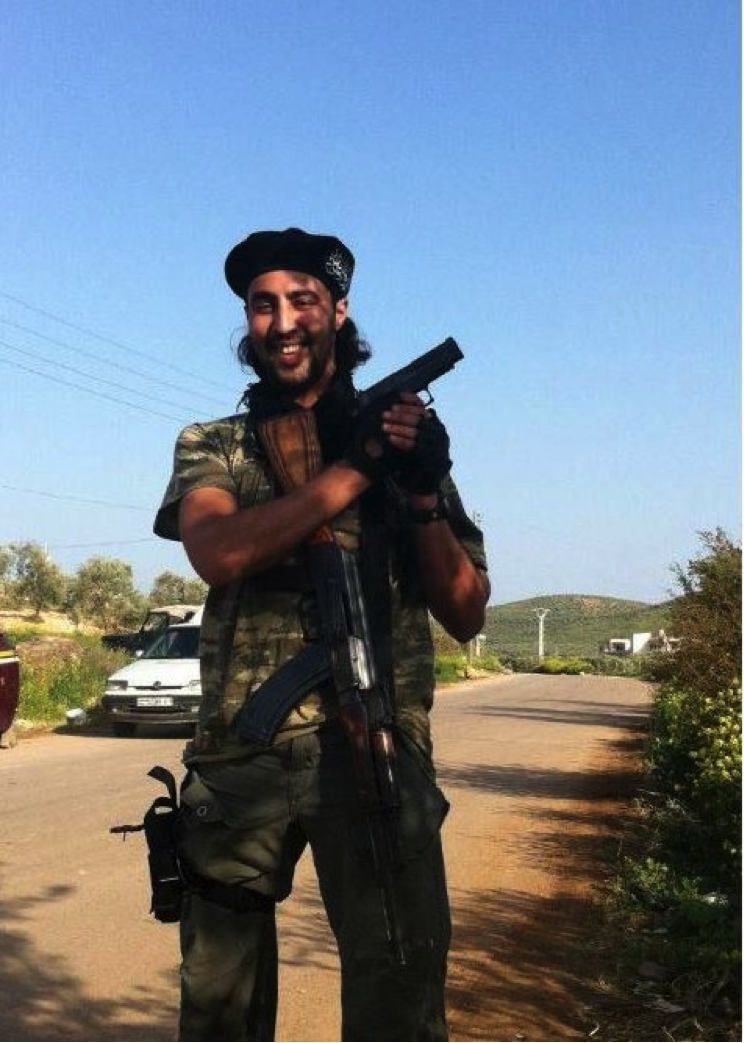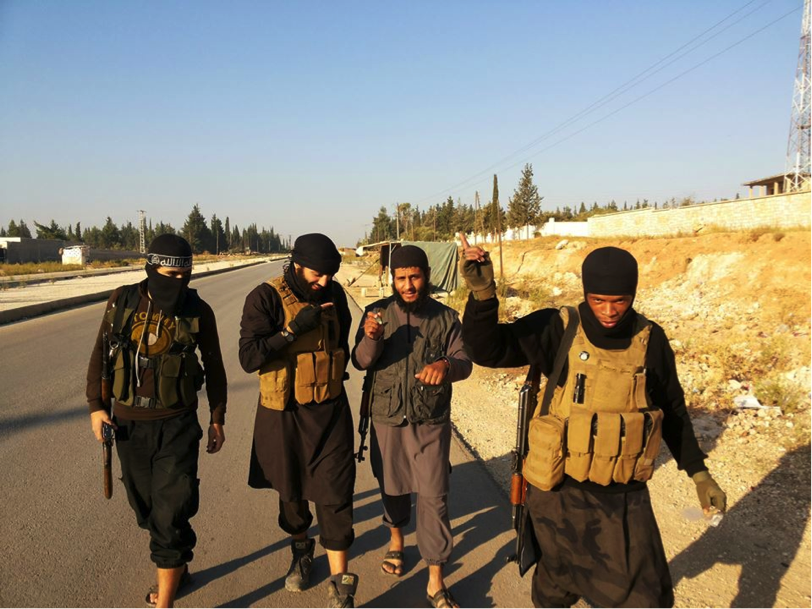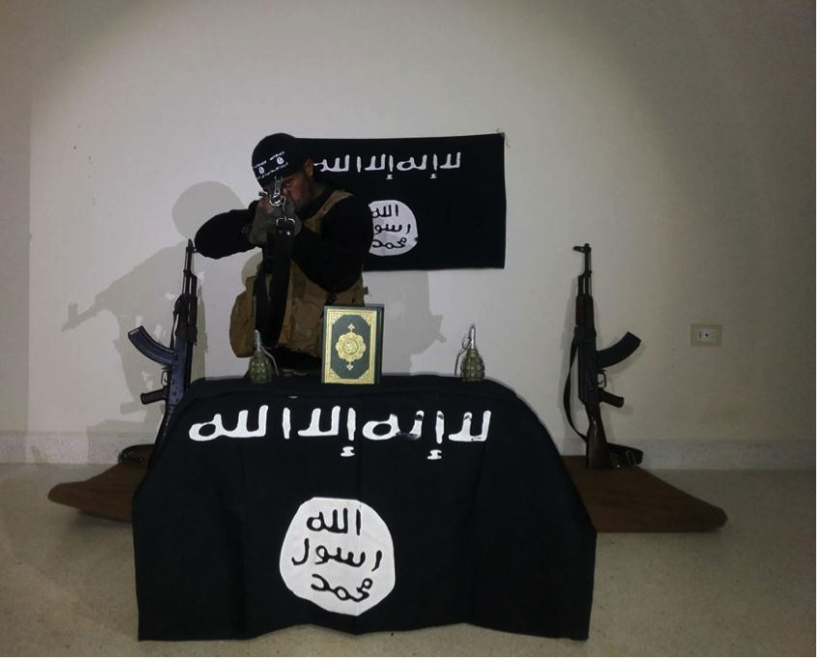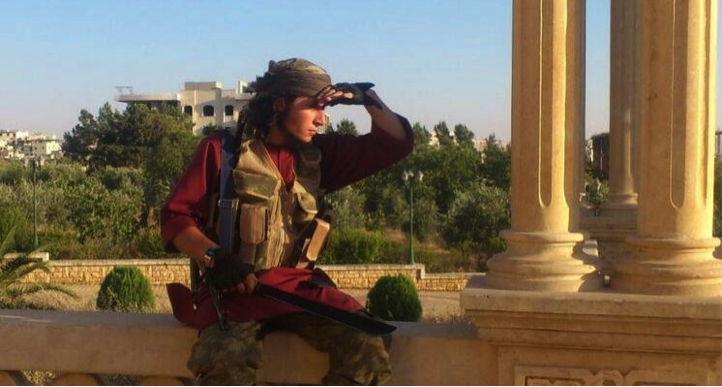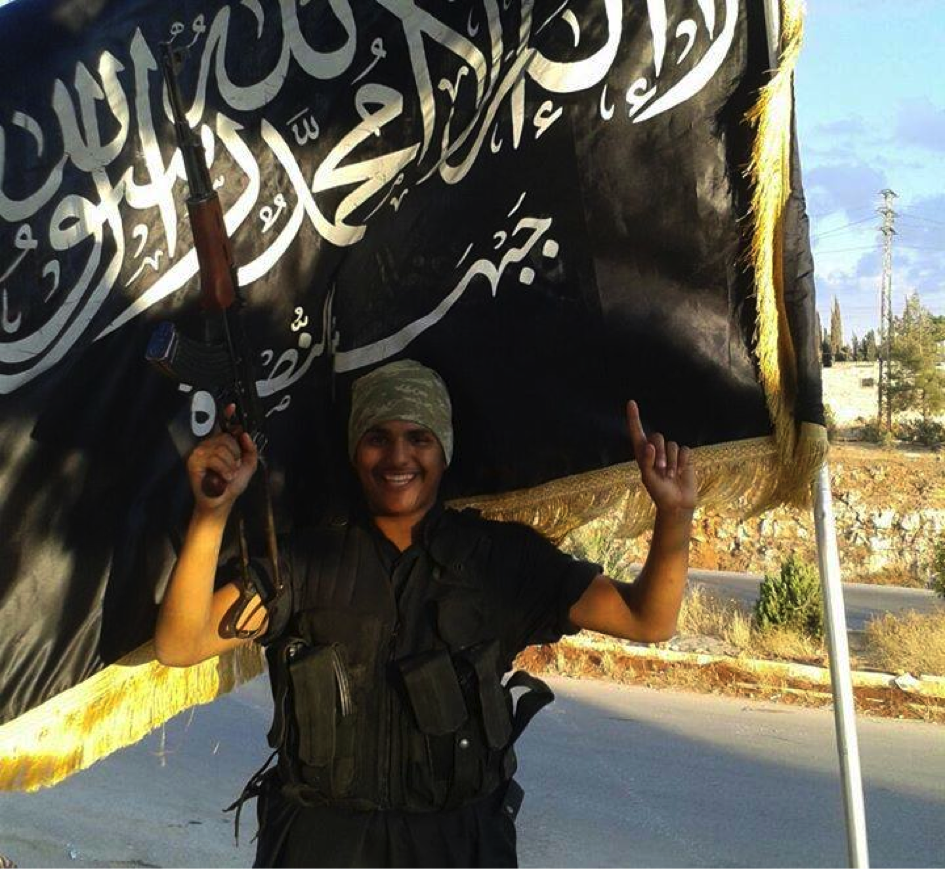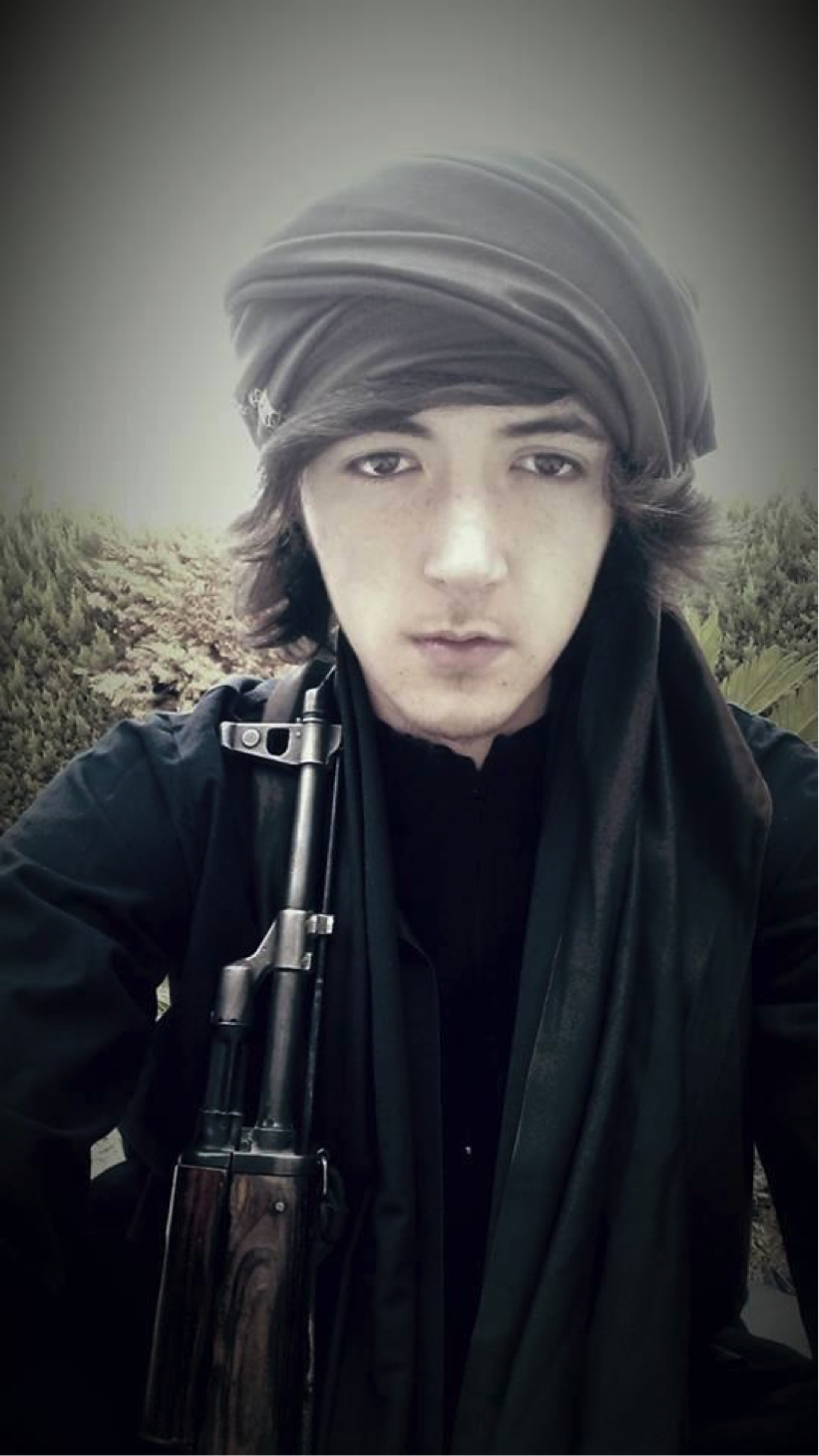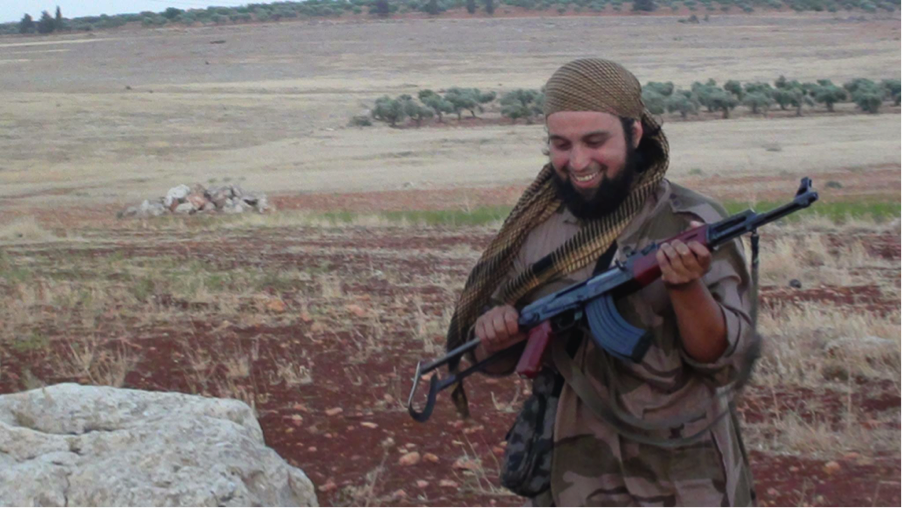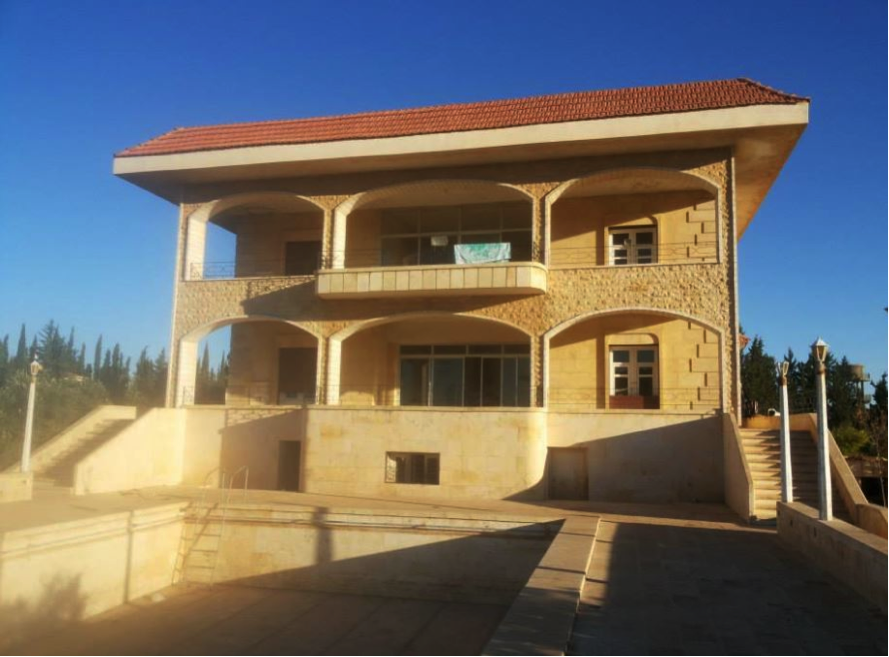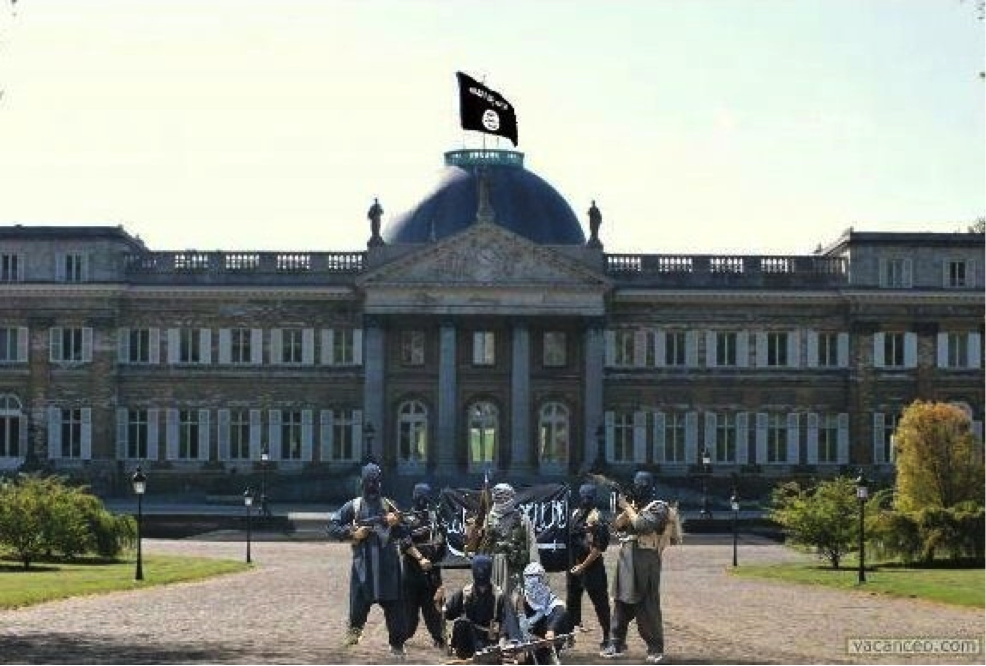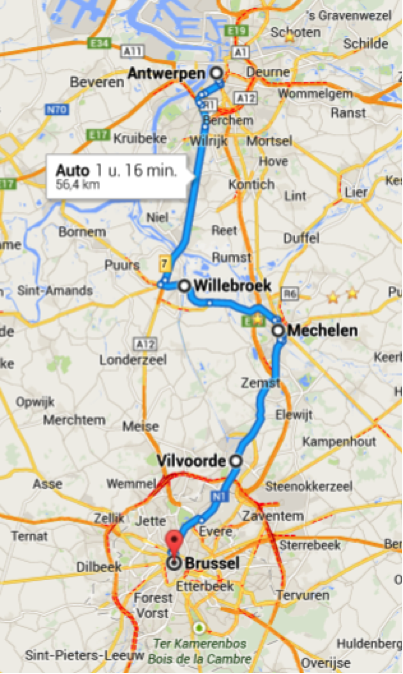NOTE: For prior parts in the Clear Banner series you can view an archive of it all here.
—
Update on the Finnish Foreign Fighter Contingent
By Juha Saarinen
In early September, the Finnish Interior Ministry released its newest situation overview on violent extremism in Finland. The report included the most recent official estimates of the number of Finnish volunteers in Syria and Iraq. The contingent currently consists of:
- at least 44 individuals (although this was increased to 45 in mid-October), of whom 36 are men and 8 are women
- 31 individuals with Finnish citizenship
- 17 different ethnic backgrounds
- individuals mainly from the larger cities in Western [e.g. Turku and Tampere] and Southern Finland Provinces [e.g. Greater Helsinki Region]
Elsewhere, it has also been revealed that…
- However, less than ten Finland-originated individuals in Syria are minors. At least one Finnish child has been born in the conflict zone, and one Finnish citizen in Syria is pregnant.
The estimation is based on individuals who have been identified by the FSIS. However, the overall number is likely higher, as not all individuals who have travelled from Finland to Syria and Iraq have come to the authorities’ attention. According to Helsingin Sanomat (HS), a Finnish newspaper, there may be as many as 55 individuals in the conflict zone, and some – particularly those of the jihadist persuasion – have taken their families with them. According to the Foreign Ministry, there are several Finnish children in IS-controlled areas. Additionally, at least one Finnish female jihadist has given birth in Syria, while another one is currently pregnant.
It is not clear how many of the 44-55+ individuals qualify as foreign fighters – i.e. individuals without pre-existing links to the conflict zone who are seeking to take part in an armed insurgency. The estimation includes an unknown number of humanitarian aid workers, possibly mercenaries, and members of the Syrian or Iraqi diaspora based in Finland, who may have travelled back to take part in the civil war or alleviate its impact in some capacity. However, the FSIS estimates that majority of these individuals are seeking to participate in armed conflict.
Equally, it is not clear how many volunteers or foreign fighters have either joined or support the Islamic State (or why), but according MTV3 News the FSIS believes those who have joined IS are “extremely radical”. It is likely that the majority of Finnish foreign fighters have joined IS – particularly among those who have travelled to Syria after summer 2013. Other groups that Finnish foreign fighters have joined are Jabhat al-Nusra and Kataib al-Muhajireen (before they became Jaish al-Muhajireen wal-Ansar).
Some Finland-originated individuals who do not qualify as foreign fighters, e.g. women who either have accompanied their husbands or travelled to the conflict zone in an individual capacity, clearly support the IS. Out of the four women I have identified (out of eight), all identify strongly with the IS, although their connection to and any possible role within IS remain unclear.
The FSIS has recently estimated that there are around 20 individuals who have returned, although they offered no information regarding their role or affiliation in the conflict zone. The recent FSIS revelation came in the aftermath of Finnish authorities arresting and detaining four returnees (one in absentia) in early October under Chapter 34a (Terrorist offences) of the Finnish Criminal Code. They had allegedly joined and fought with the Islamic State.
Initially the four individuals were suspected by the Finnish National Bureau of Investigation for murder with terrorist intent in addition to other terrorism-related crimes. According to NBI chief investigator Mika Airaksinen, these charges were not connected to a specific homicide but rather connected to participating in the armed operations of a terrorist organization. However, the three individuals are currently detained only on suspicion of preparation of an offence to be committed with terrorist intent and provision of training for the commission of a terrorist offence, recruitment for the commission of a terrorist offence, and preparation of an offence to be committed with terrorist intent, respectively. The fourth individual, who was detained in absentia, is still suspected of committing murder with terrorist intent.
In terms of casualties, at least three Finnish casualties have been reported. These are “Marwan” (died June 2013), “Abu Anas al-Finlandi” (died February 2014) and “Muhammad” (died June 2014). However, according to HS, there may be as many as many as five or six Finnish fatalities.
This leaves around 20-30 Finnish individuals in the conflict zone, majority of whom are likely foreign fighters affiliated with the Islamic State. It is highly likely that these individuals mainly reside and operate in Syria, although two Islamic State-affiliated Finnish jihadist foreign fighters claim to have travelled to Iraq. This information, however, cannot be independently verified at this point.














